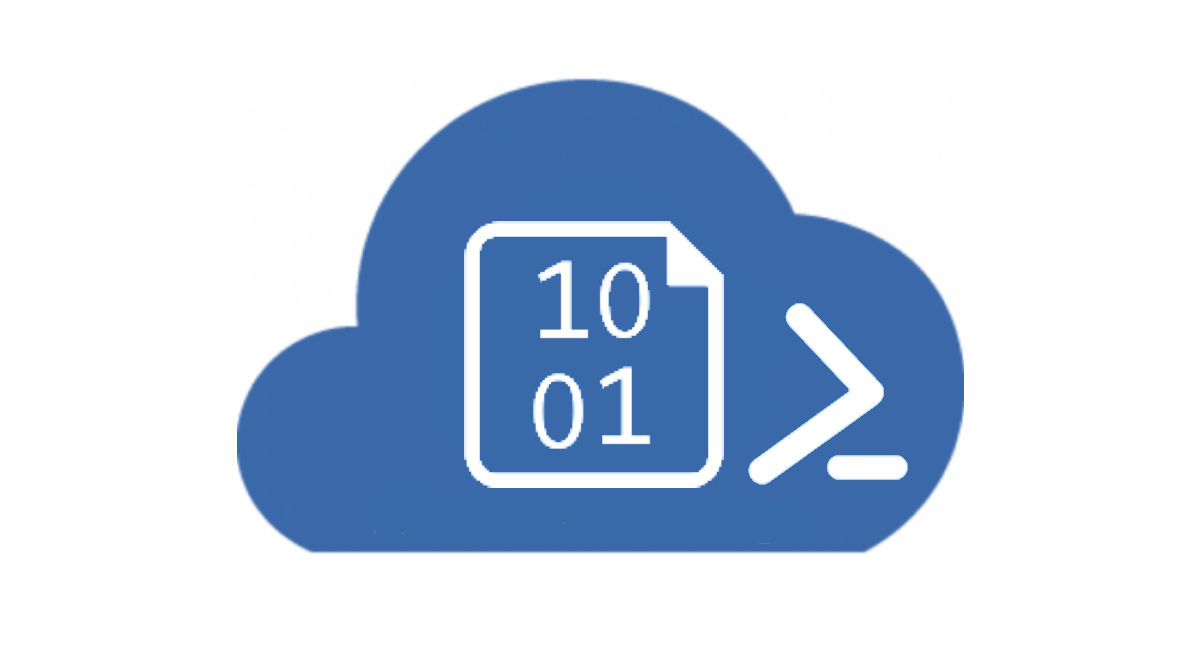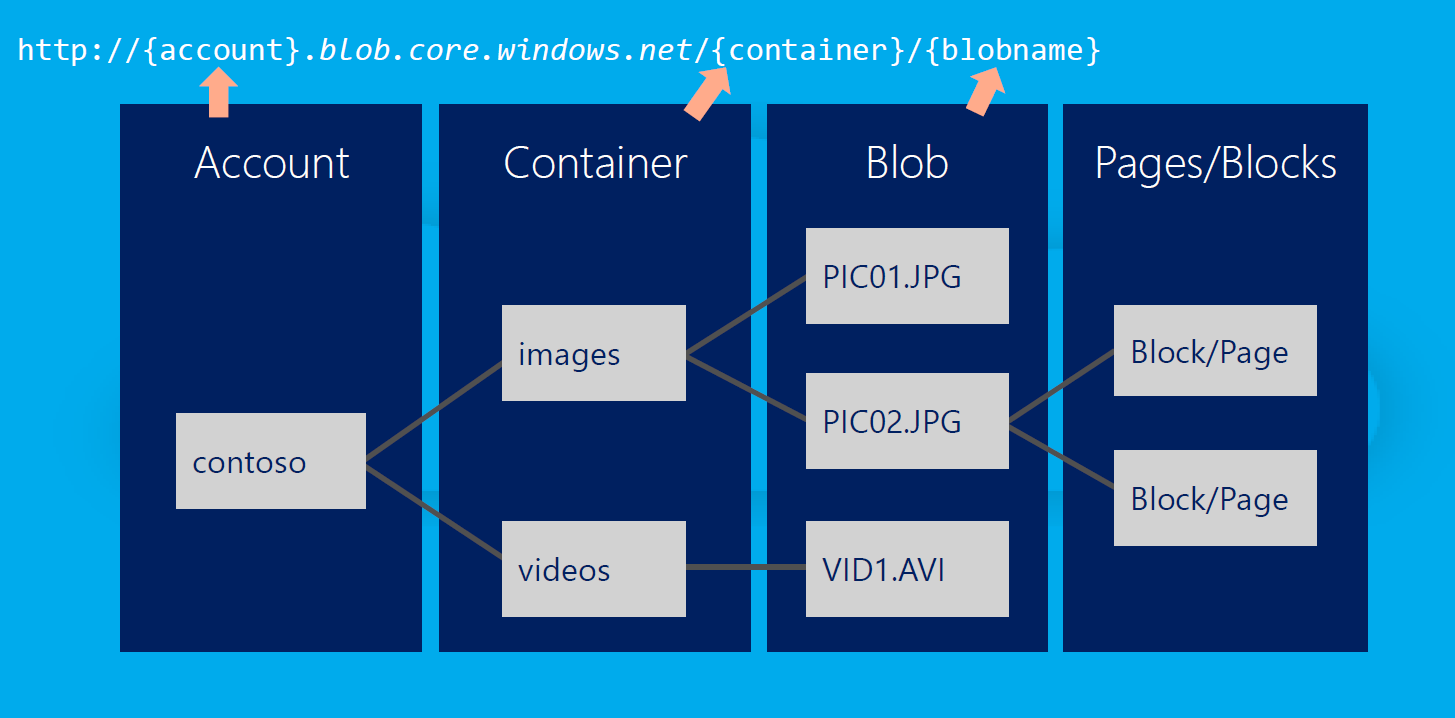
Azure Blob Storage - Five Things to Know
Azure Blob Storage allows for easily deployed, cheap and manageable storage for applications. There are however some very real limits to what can be achieved with Blob storage, and some important considerations no matter what your storage requirements are.
1. Many Options and Prices
There are many options and prices with Azure storage. Knowing what is best for your application or business can be hard to know. Archive, Cold and Hot storage refers to availability, responsiveness and bandwidth. Archive is best for long term storage, cold for holding infrequently accessed information, and hot for frequently accessed information. Overall Azure blob storage is cheaper than many of the alternatives on the market.
2. High Transport
To work with Blobs (the equivalent of a file), you need to pull the entire blob out before manipulating it and adding it back into Azure. This means waiting for a complete download of the file, followed by local manipulation, and then an upload of the modified file. For web applications, this can quickly render the cheaper cost of Blob storage irrelevant, and can greatly slow down applications that are dependent on it. Blobs are not ideal for frequent and rapid updates, nor are they good for user manipulation of large files.
3. Platform Experience Required
Blobs do not allow asynchronous manipulation. The Blob is locked while it is being accessed, and so careful attention must be paid to access and locks. This can make Blobs impractical for frequent manipulation, asynchronous access, or multiple users. It is recommended that implementers have experience with Azure and with Blob storage.
4. Append Blobs
Append Blobs allow for appending to the end of the file. Information is written to the file as it arrives, and the file is not locked. This makes Append Blobs ideal for logging, frequent writes, or archiving. This can mitigate the issues around I/O costs and file locking. Append blobs are used by logging tools such as Serilog.
5. Management Needed
It is important to manage your Blob storage. Someone needs to stay on top of which storage accounts and resources are created, which are used and how much money is being spent. It is easy for unmanaged cloud storage to get out of control and start to generate large and unnecessary costs. Resources should be clearly labeled so that their use can be quickly identified.
Conclusion
Like all cloud implementations, consider Blob storage carefully before implementing. Don't use it as a quick fix to a problem, or you will be setting yourself up for problems down the road. Consult professionals with experience in Azure and with Blob Storage in the planning stage, and ensure that you account for growth and future costs.

